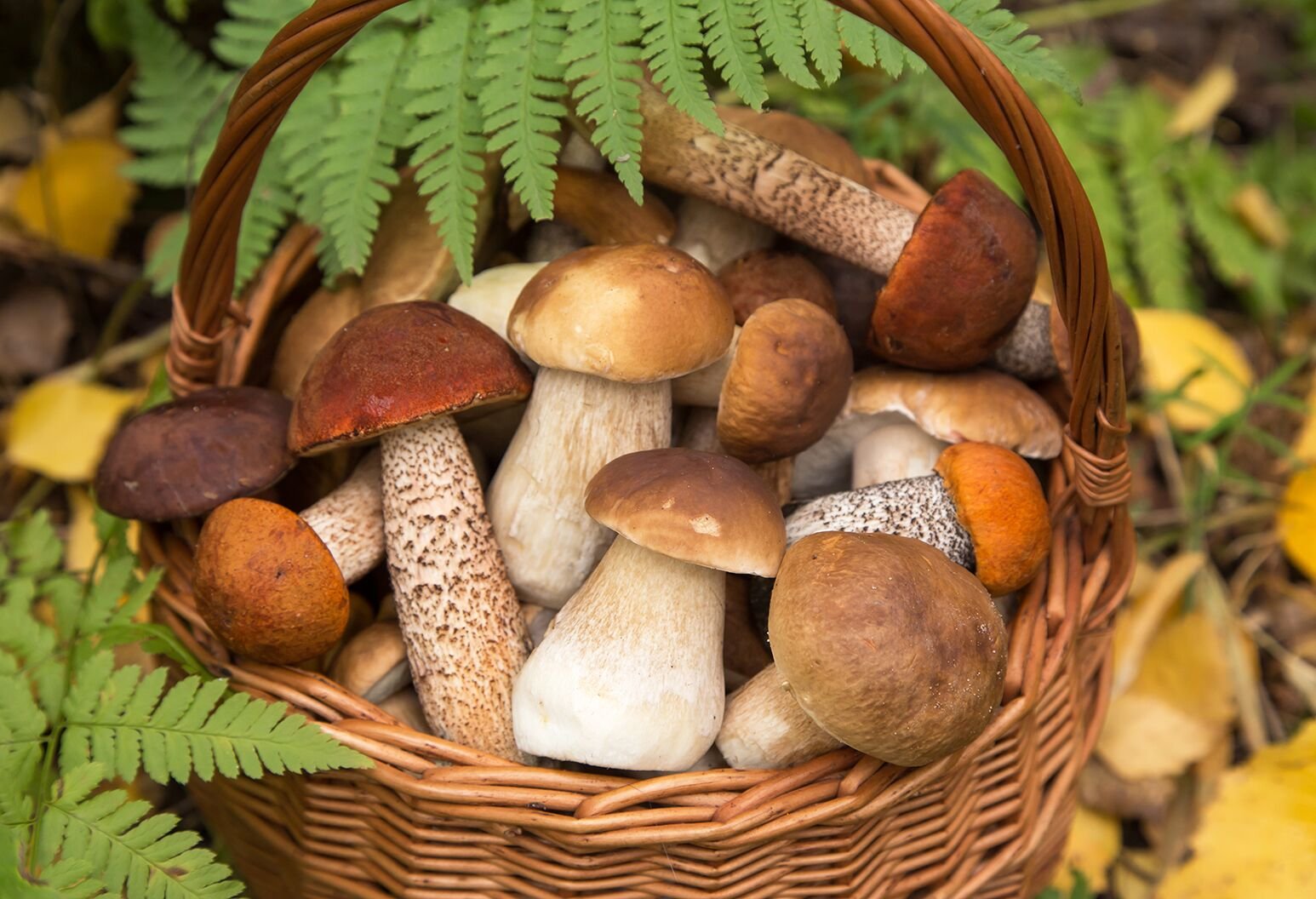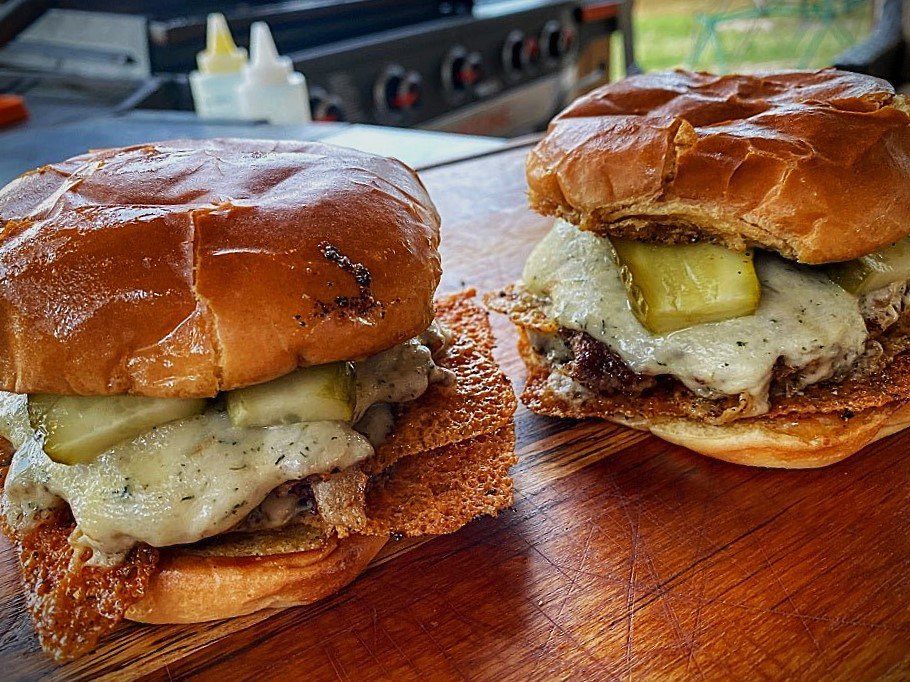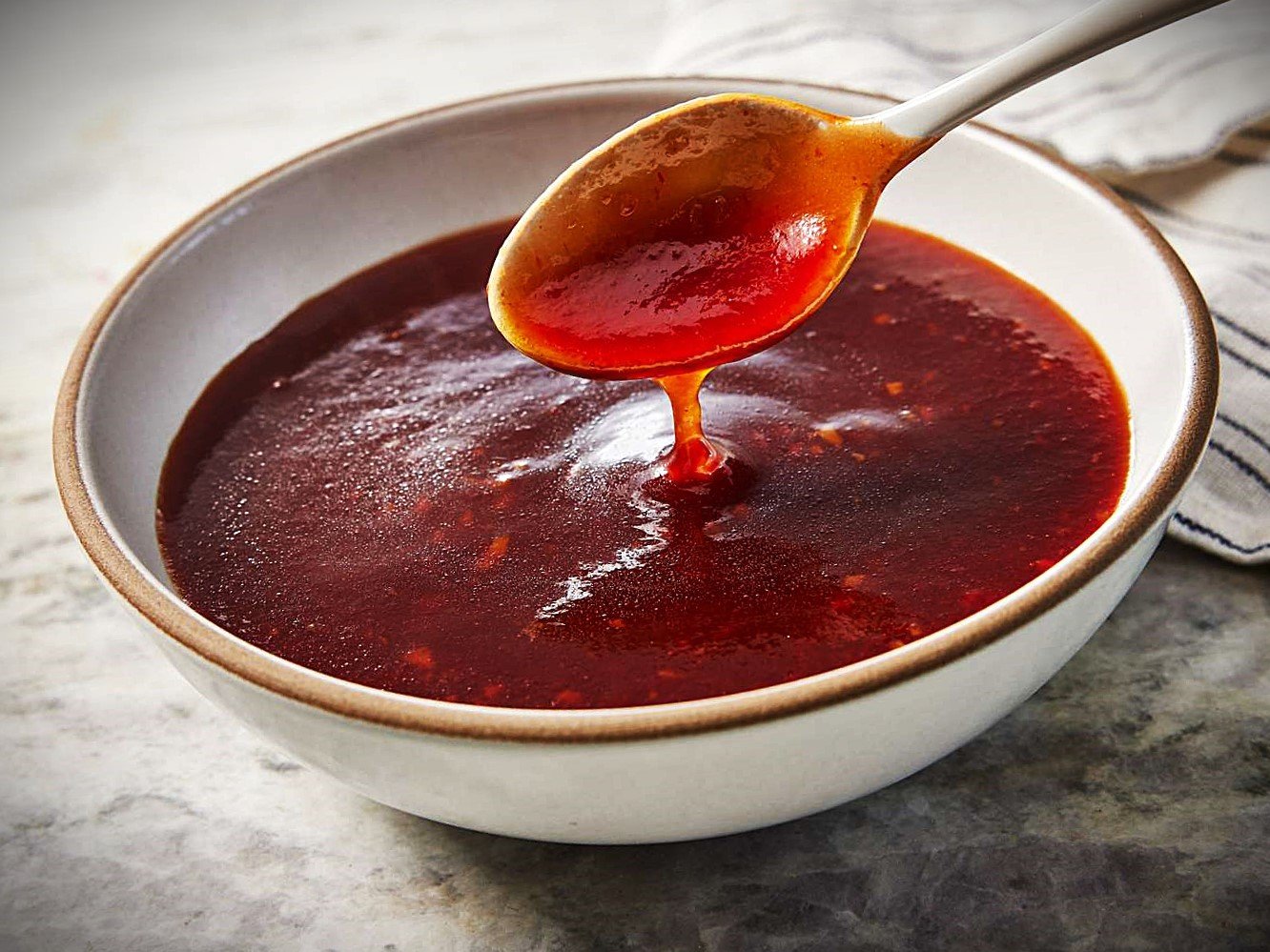Foraged Mushrooms: A Beginner’s Guide to Wild Edible Treasures

In recent years, foraging has made a resurgence in popularity as more people seek a closer connection to nature and their food sources. Among the most sought-after wild edibles are mushrooms. Foraged mushrooms offer a rich, earthy flavor and nutritional benefits that are hard to match in commercially grown varieties.
However, foraging for mushrooms isn’t just about taste—it’s also an adventure that combines biology, botany, and outdoor exploration.
Whether you’re a novice or someone curious about edible fungi, this guide to foraged mushrooms will provide everything you need to get started—safely and successfully.
What Are Foraged Mushrooms?
Foraged mushrooms are wild fungi collected from natural environments like forests, meadows, riverbanks, or mountain slopes. Unlike cultivated mushrooms, which are grown under controlled conditions, foraged mushrooms grow organically without human intervention.
They often thrive in specific ecosystems and play essential roles in nutrient cycling and symbiosis with trees and plants.
Common types of foraged mushrooms include:
- Morels
- Chanterelles
- Porcini (Boletus edulis)
- Hen of the Woods (Maitake)
- Chicken of the Woods
- Oyster Mushrooms
- Lobster Mushrooms
Why Forage Mushrooms?
Foraging mushrooms has several benefits:
1. Nutritional Value
Foraged mushrooms are packed with vitamins (especially B-complex), minerals like potassium and selenium, fiber, and antioxidants. Some wild varieties even possess anti-inflammatory and immune-boosting properties.
2. Superior Taste
Wild mushrooms often have more intense and complex flavors than their grocery-store counterparts. Chanterelles, for example, offer a slightly fruity, peppery flavor, while morels have a deep, nutty earthiness.
3. Sustainability
Harvesting mushrooms from the wild—when done responsibly—can be a sustainable practice. It requires no pesticides, irrigation, or packaging waste, reducing environmental impact.
4. Connection to Nature
Foraging is also about mindfulness, patience, and observation. It encourages you to slow down, understand ecosystems, and appreciate the richness of nature.
How to Start Foraging Mushrooms Safely
Safety is paramount when dealing with wild mushrooms. Many edible mushrooms have toxic look-alikes that can cause serious illness or even be fatal.
Here’s how to forage safely:
1. Start With a Guide
Invest in a well-reviewed regional field guide. Books with color photos, spore print info, and habitat descriptions are essential. Alternatively, use apps like iNaturalist or Shroomify for digital identification support.
2. Join a Foraging Group
Connecting with local foraging clubs or mushroom identification groups can provide hands-on learning experiences. Many groups host seasonal foraging walks led by experts.
3. Learn One Species at a Time
Rather than memorizing dozens of mushrooms, focus on learning to identify one edible mushroom and its toxic look-alikes thoroughly.
4. Check Local Laws
Some parks and forests prohibit or limit foraging. Always check regulations in your area before collecting mushrooms.
5. Never Rely on Just One Characteristic
A common foraging mistake is assuming edibility based on color, smell, or habitat alone. Use multiple identification features: cap shape, gills, stem, spore color, bruising, and habitat.
Popular Edible Foraged Mushrooms
Let’s explore a few commonly foraged mushrooms and what makes them special:
1. Morels (Morchella spp.)
- Season: Spring
- Habitat: Hardwood forests, especially near ash, elm, and old apple orchards
- Taste: Nutty, meaty
- Warning: False morels (Gyromitra spp.) can be deadly; learn to spot the differences
2. Chanterelles (Cantharellus spp.)
- Season: Summer to early fall
- Habitat: Mossy forests, near oak or pine trees
- Taste: Fruity, slightly peppery
- Warning: Avoid Jack-o’-lantern mushrooms, which resemble chanterelles but are toxic
3. Chicken of the Woods (Laetiporus sulphureus)
- Season: Late summer to fall
- Habitat: Dead or dying hardwood trees
- Taste: Mild and chicken-like
- Note: Some people are sensitive—try a small portion first
4. Hen of the Woods (Grifola frondosa)
- Season: Autumn
- Habitat: Base of oak trees
- Taste: Rich and savory, excellent in stir-fries
How to Harvest Foraged Mushrooms
Proper harvesting is not just about the technique—it’s about sustainability:
- Use a knife: Cut mushrooms at the base instead of pulling them from the ground. This helps preserve the mycelium for future growth.
- Use a breathable basket: Wicker baskets or mesh bags allow spores to disperse as you walk, aiding mushroom propagation.
- Harvest selectively: Leave smaller or damaged specimens to continue the life cycle.
Storing and Preparing Foraged Mushrooms
Cleaning
Avoid washing mushrooms with water unless absolutely necessary. Use a brush or cloth to remove dirt and debris. Some delicate mushrooms can absorb water quickly, becoming slimy.
Storage
Fresh mushrooms should be refrigerated in a paper bag and used within a few days. Some mushrooms, like morels, dry well and can be rehydrated for soups and stews.
Cooking
Always cook wild mushrooms before eating. Many are indigestible or mildly toxic when raw.
Here are a few preparation ideas:
- Sautéed morels in garlic and butter
- Wild mushroom risotto
- Hen of the Woods tempura
- Foraged mushroom soup
- Chanterelle pasta with cream sauce
Dangers of Mushroom Foraging
While mushroom hunting is rewarding, it carries risks:
1. Toxic Look-Alikes
Some toxic mushrooms resemble edible varieties. Mistaking a Death Cap (Amanita phalloides) for a paddy straw mushroom, for example, can be fatal.
2. Allergic Reactions
Even edible mushrooms can cause digestive upset in sensitive individuals. Always try a small amount first.
3. Environmental Contaminants
Avoid harvesting mushrooms near roadsides, industrial zones, or polluted water sources, as fungi can absorb heavy metals and toxins from the environment.
The Ethics of Mushroom Foraging
To ensure future generations can enjoy the same bounty:
- Don’t overharvest: Take only what you’ll use
- Respect wildlife and habitats
- Leave rare or endangered species untouched
- Share knowledge, not locations: Instead of giving away exact spots, help others learn how to identify and find mushrooms themselves
Conclusion: Your Next Steps in Foraging
Foraging for mushrooms is an enriching journey that blends culinary passion with ecological mindfulness. Whether you’re drawn to their unique flavors, health benefits, or the thrill of the hunt, foraged mushrooms can bring nature’s treasures to your table in the most personal way.
To start:
- Learn locally: Begin with mushrooms native to your region.
- Practice caution: Never eat anything you can’t positively identify.
- Share your passion: Teach others and join foraging communities.
In a world increasingly disconnected from nature, foraging for mushrooms offers a chance to slow down, observe, and participate in one of the earth’s oldest and most rewarding traditions.







